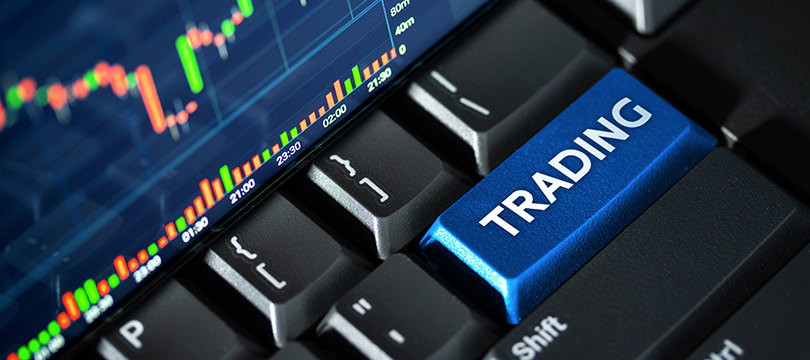Online Trading: Is Forecasting a False Myth?
November 25, 2020

Online trading, despite the evolution it has undergone in recent years and its significant spread among the general public, is subject to prejudices. Some are negative, of course, and capable of undermining its image with the wider audience. Others are positive, portraying a more idyllic situation than reality suggests.
Prejudices are still prejudices, and even positive ones can cause unpleasant consequences. This is especially true of a genuine myth... or rather, a false myth: the myth of prediction. We discuss this in the article, explaining what it consists of and why it is false.
The "predictive" issue in online trading
Online trading, like any other investment, is essentially a matter of analysis and planning. The market is analyzed, and traders are planned. The analysis focuses on the present, this is obvious, but it is above all the awareness of what will happen in the near future that acts as the keystone. Knowing the conditions of the asset tomorrow, in two days, in a month, etc., is a guarantee of success.
The myth of prediction - which is a false myth - suggests precisely this: that traders can somehow predict the future if they employ specific measures, that they can sense the price an asset will acquire on a precise day. Needless to say, this is essentially impossible, nothing more than a pious illusion.
It's an illusion that can be costly. Firstly, because the aspiring trader, once faced with the fait accompli, experiences a certain frustration, such as to make him ill-disposed and deprive him of the necessary motivations to operate (potentially) effectively. Secondly, the conviction that he can "predict the future" pushes him to erroneous behaviors. Some of these concern the complex relationship between the trader and technical analysis. This relationship will be the topic of the next paragraph.
The limits of technical analysis
The corollary of the myth of prediction is blind faith in technical analysis. In fact, it is precisely technical analysis that, in the view of those who believe in this myth, allows one to define the price a particular asset will assume at a precise moment in the future. Now, technical analysis is an indispensable tool, which really allows us to "see clearly" and draw useful evidence for planning.
However, its purpose is not to serve as a crystal ball. Above all, it is a fallible tool. Exactly, even those who practice technical analysis worthy of the name risk finding themselves empty-handed. It's a matter of margin of error, probability, and statistics.
The truth is that technical analysis is based on a principle that is hardly demonstrable, namely the principle that "history repeats itself". This means that the market tends to react in the same way to certain stimuli, and that it is therefore sufficient to study the present to understand the future. Well, especially when the period is turbulent, this might not be the case. The market is evolving and, aside from panic selling, new elements and dynamics regularly make their debut.
Then there is the issue of false signals. Even technical analysis, or rather the indicators, can be misleading and make some blunders. If the conclusions are wrong, even the trader planned on the basis of them will prove to be a failure.
What can be predicted and what cannot
Technical analysis, despite these structural defects, remains an essential practice. However, it needs to be put into perspective if you believe its purpose is to "predict". First, a prudent approach should be adopted with regard to signals, which consists of "not trusting" and verifying the goodness of the signal through the use of multiple tools and indicators. If the signal is confirmed by other channels, then it can be taken into consideration.
Secondly, it is good to realize that technical analysis does not offer certainties, but probable evidence. Thus, its "product" can never be a precise figure, but rather a range of figures; it cannot be a single price but a range of prices.
In essence, technical analysis does not allow one to say "on such a day the asset will cost X". Rather, it allows one to say "it is likely that during this period the price will stay between X and Y".
In short, technical analysis does not predict, but estimates. Above all, it does so with a margin of error that is always present.
Those who are aware of this truth, certainly less exciting, have concrete possibilities of transforming technical analysis into a truly useful resource.




